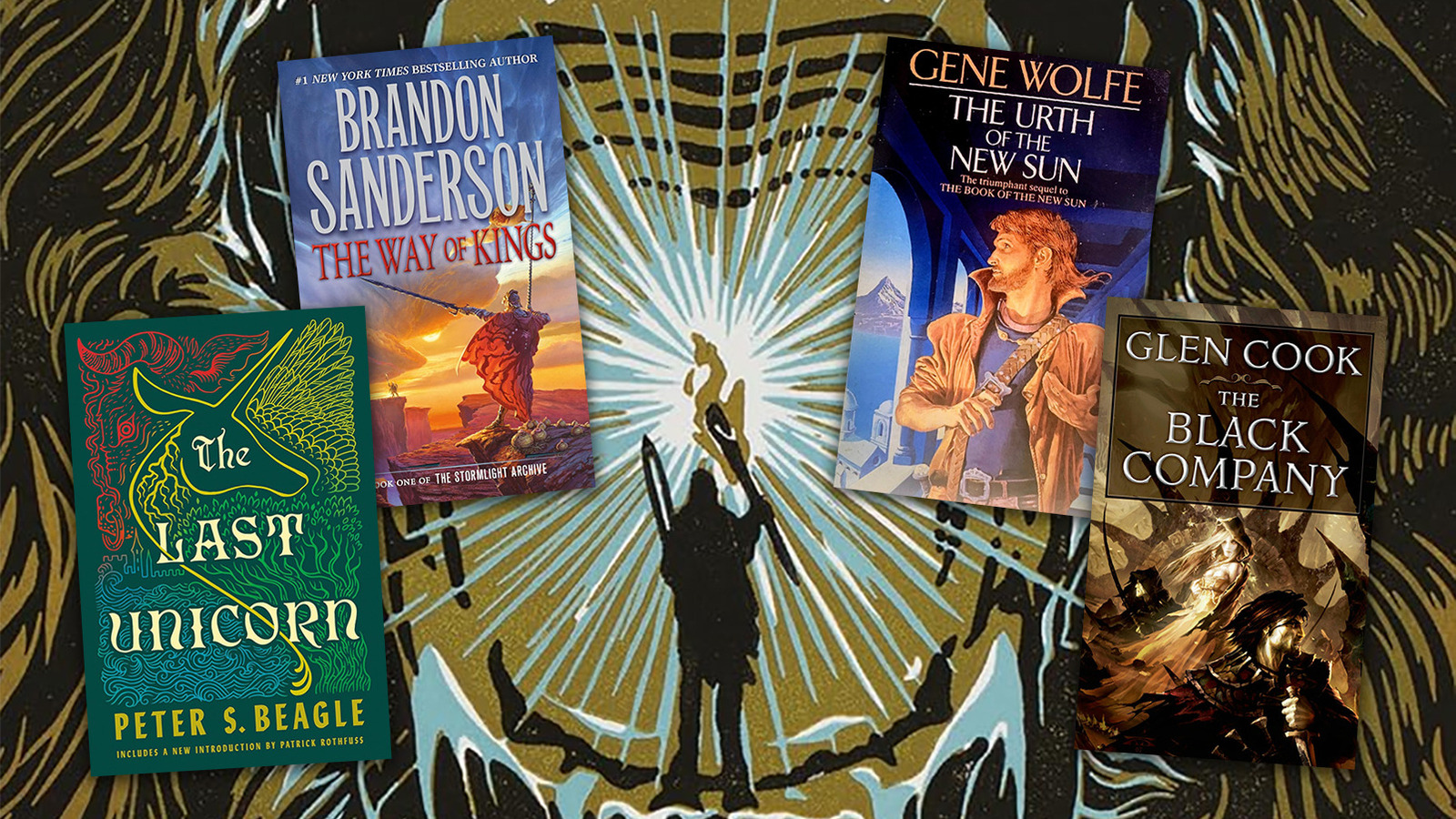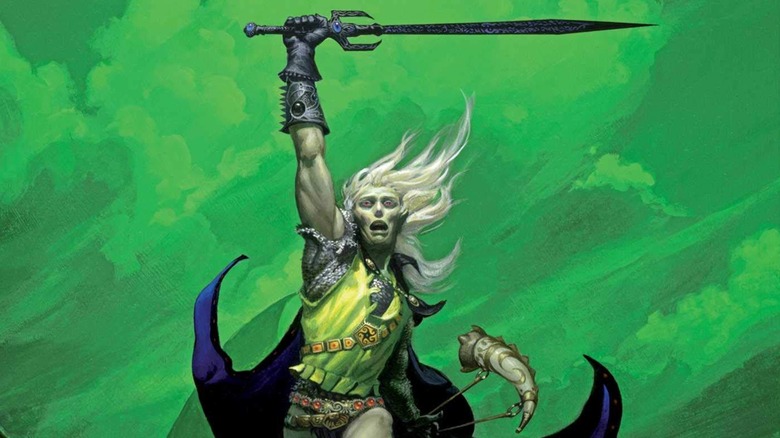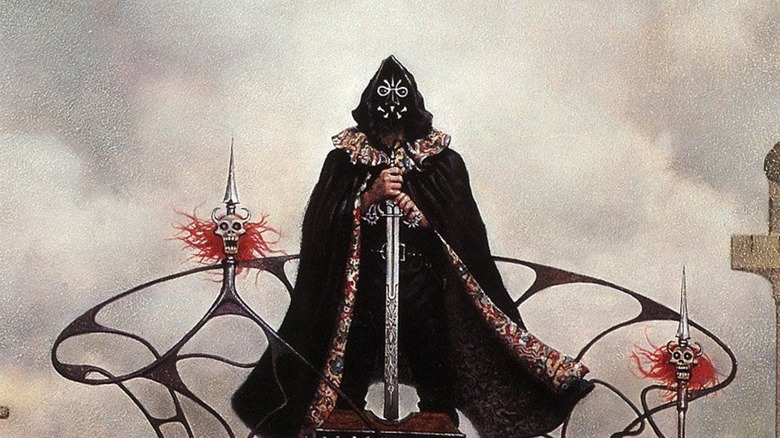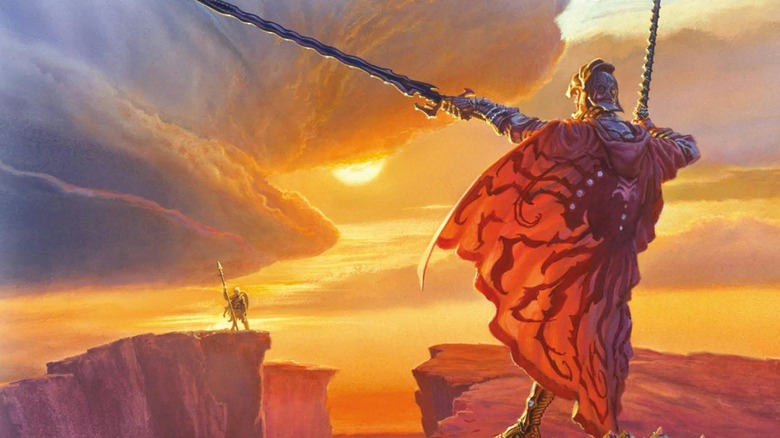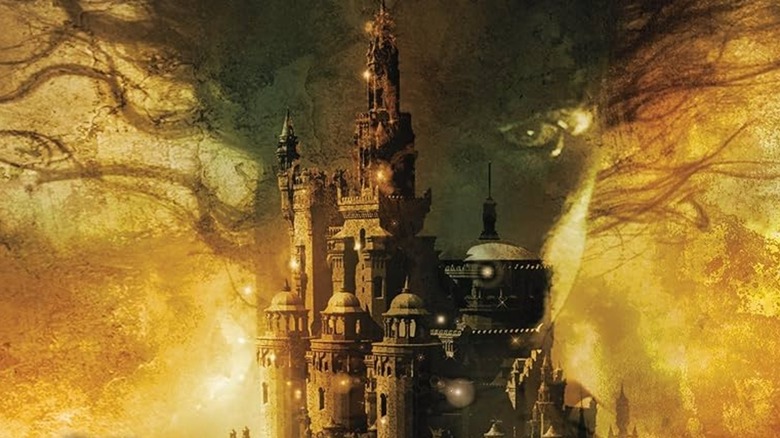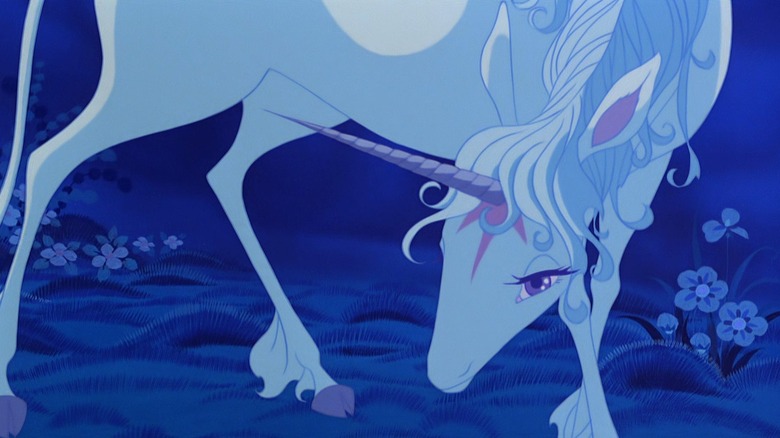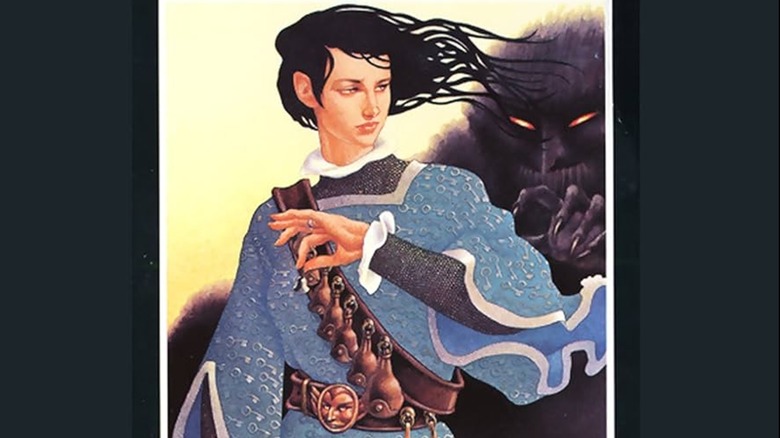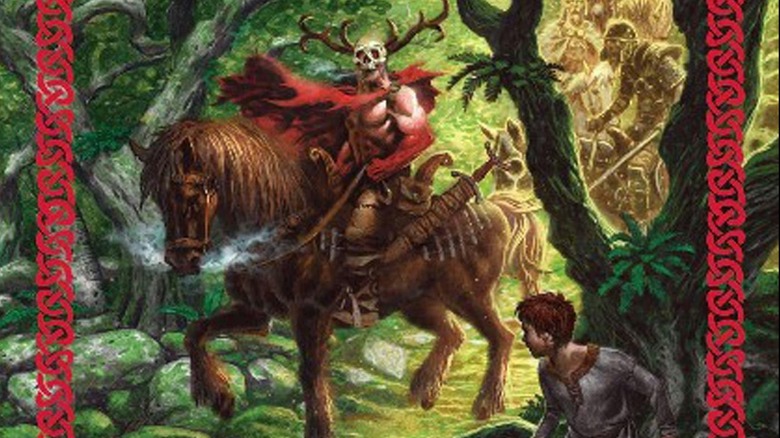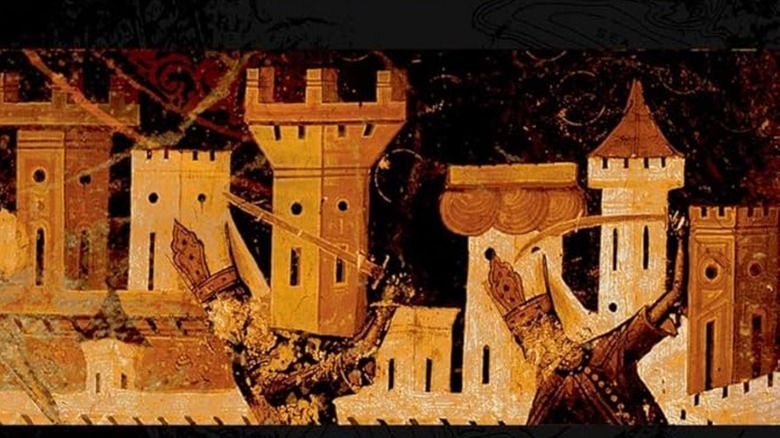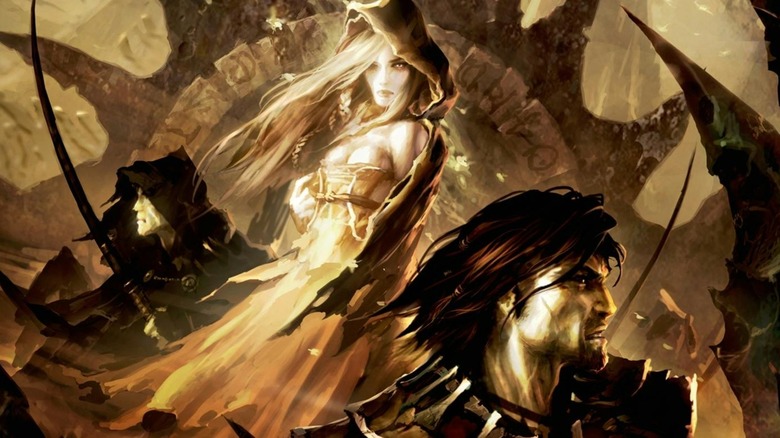George R. R. Martin, who’d offered ways to improve the situation), there’s still no doubt that Martin’s original epic fantasy saga, “A Song of Ice and Fire,” is still one of the greatest modern fantasy undertakings we have … even if it is apt to stay unfinished, leaving us without a “real” answer to what’ll happen to Jon Snow and Queen Daenerys in the end. That’s a disappointment to hear, sure, although it doesn’t excuse the behavior of a minority of fans. Fortunately, they’re a minority, and high fantasy offers plenty of other sprawling, fully built kingdoms we can visit as well.
From a scholastic viewpoint, there’s proof that high fantasy has old roots, including the romances of “The Faerie Queen” and the entirety of the King Arthur legend. But no one doubts that the foundation of the genre rests with J. R. R. Tolkien and “The Lord of the Rings.” Originating as Tolkien’s idea of building England a true hero’s legend of its own (Arthur, in Tolkien’s study, was more Celtic with Roman influence than English Anglo-Saxony), the saga of Middle-earth torn asunder by the machinations of an evil god-like sorcerer would change literature. It’s the ur-example, shadowing “Game of Thrones,” that inspires our list of suggestions for magical worlds to wander. Get your feast table cleaned and pack your dragon egg safely. We’re off to tour 10 lands of mystery, magic, and danger.

